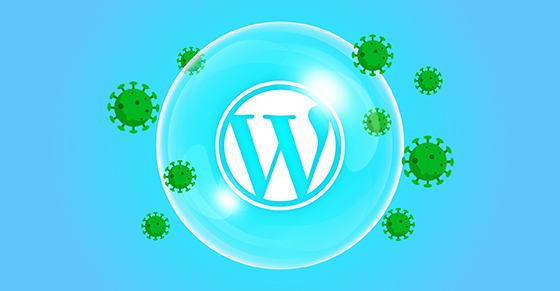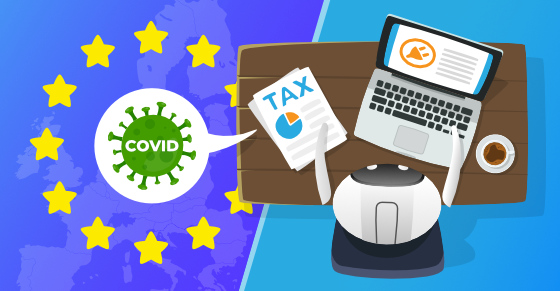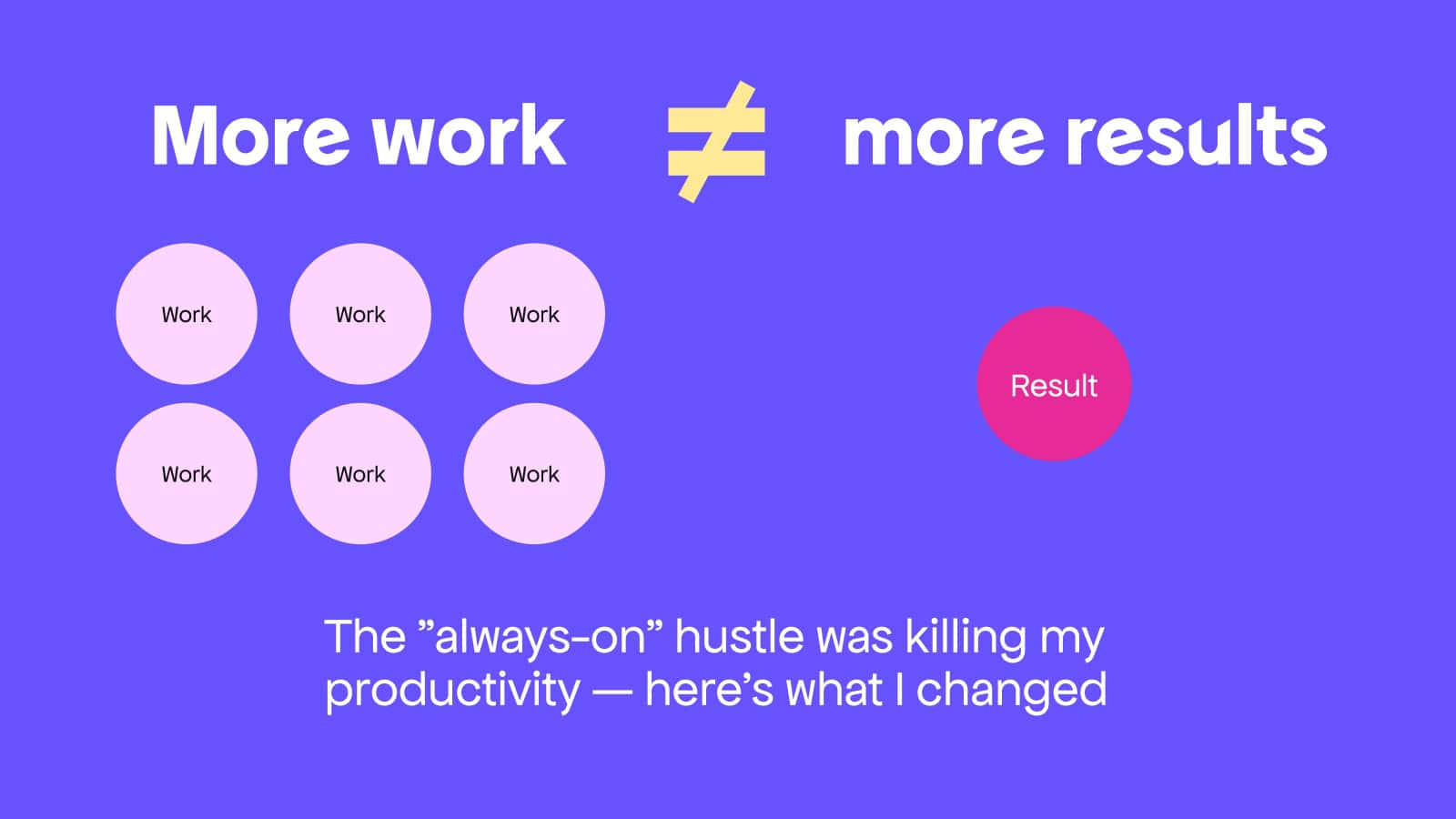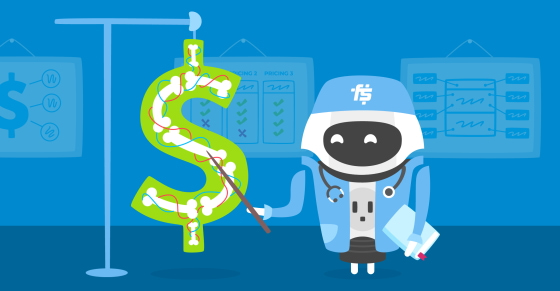|
|
After a period of massive growth that saw the majority of markets scramble online to survive, we’re entering a time of deceleration. Growth is slowing, the COVID-19 Stock Market bubble has burst, and there’s a cautious atmosphere in WordPress. Based on signals in the ecosystem and sentiment from Freemius’ selling makers community, here’s the general opinion about the impact of COVID-19 on WordPress and eCommerce:
The Online Gold Rush — All Roads Lead to eCommerce
From mid-2020 to mid-2021, there was a digital gold rush. A driving force behind this was small shop owners seeking opportunities online as the pandemic pushed customers away from ‘brick and mortar’ stores and services.

It’s a harsh, unfortunate truth that many people lost their businesses and livelihoods over that period. But savvy business owners and those who had the resources to shift with agility were able to move from physical to online, forming part of an enormous acceleration in the online sector.
Suddenly, people and companies had to adapt to remote working and online ways of doing things. And where previously 1% were working online, now offices were vacated for lounges or hastily built home workspaces. It was (and still is) a challenge, with many businesses having to find new ways of adding ‘personal touches’ as operations shifted from face-to-face to videos and text.
But this mass migration had its benefits, particularly for WordPress and those who were already entrenched in the online ecosystem. The online odyssey meant more websites were being built, powered by WordPress and other services. And because eCommerce became the only way to trade for many businesses, it was more eCommerce websites that took up the lion’s share.
eCommerce: Where the Cash Is at
Accustomed to trading physically, less tech-savvy small-to-medium shop owners were scrambling to set up eCommerce sites. No longer was it about purchasing things like POS (Point of Sale) devices and clothing mannequins; now it was about buying payment gateway plugins or contacting agencies to help with setting operations up online.
Save for markets like travel and hospitality, the majority of verticals in the industry avoided the worst of the impact of COVID-19 on WordPress:
- Product sellers saw huge upticks in sales
- Freelancers and agencies welcomed an influx of new clients
And, acceleration didn’t just occur at a micro-level in the WordPress ecosystem — big things took place at a macro level too.
The Acquisitions-Accelerator
Mergers and acquisitions have taken place since before the pandemic — WordPress is maturing and it’s a logical evolution to see consolidation. However, a compelling impact of COVID-19 on WordPress was to greatly accelerate M&A activity in the space. This is something that’s touched on in The Gamechangers, our recent video series featuring some of the ‘makers and shakers’ behind the recent flurry of acquisitions in the WordPress space:
From a buyer’s perspective: After absorbing the initial impact of COVID-19 on WordPress, many companies — especially larger ones — experienced crazy growth and found themselves with an overflow of cash that they needed to use (better to reinvest than paying taxes 😉). A way to capitalize on the windfall was to buy businesses to fill gaps in their product portfolios and expand operations as a whole. Strike while the iron’s hot, right?
From a seller’s perspective: Simply put, it was a great time to sell because the growth was enormous. Bootstrappers, in particular, were reaching growth milestones that would historically take three to five years in only one or two. It was no different for digital product companies and startups. Due to the nature of bootstrapped businesses, exponential growth is extremely rare in the WordPress space. But because of the tremendous boom at the time, growth charts give the impression/illusion that many companies achieved ‘hockey stick’ acceleration during COVID-19.
In that period, the impact of COVID-19 on WordPress and eCommerce was great for both sides. As a buyer, you were flush with cash. For sellers like plugin developers and agencies, there was no better time to cash in and maximize your numbers.
Acquisitions Will Continue
While I believe acquisitions will continue, the time of rapid growth has passed and M&A purchase prices will be lower than in the last two years. Here’s why:
Running a business is demanding. It’s mentally and physically challenging. Let’s say you’re a developer who’s been in the WordPress industry for five or so years and the market is slowing. You realize you can’t increase salaries like before. Maybe you can’t allocate the time and resources your product needs to improve.
These factors are a burden. And as the market becomes more conservative, business owners close to burnout will be looking to sell. This way, they can protect employee livelihoods and guarantee that customers are still supported.
Big companies are still buying — you just have to look at the recent Delicious Brains acquisition — but the valuations will be more conservative going forward. From my observation, we’ll see even more savvy investors from outside our ecosystem drawn by the buyer’s market to purchase small plugin companies that are doing $50k to $300k in annual sales.
Market Deceleration and Consolidation
Sentiment in our selling makers community and signals in the greater ecosystem all point towards a slow down in growth.
For now, subscriptions-based businesses will continue to receive a positive ricochet from the extra market share that was added during the acceleration. But come end-of-year, they’ll most likely be affected by the slowdown. A company’s sales reduction will depend on how strong the business was before COVID-19 hit. For example:
- If your business experienced 20% growth during the boom, I’d say your end-of-year result will be pretty similar.
- But if you did $100k in annual revenue in 2019 and then $250k in 2020, there’s a good chance your numbers will see a meaningful drop.
If I was to guess the impact of COVID-19 on WordPress and eCommerce going forward? We’ll see minimal growth — and even some shrinkage — across the board come the end of 2022.
New Players Means More Competition
In the last few years, business-minded entrepreneurs from various backgrounds have flocked to the WordPress product ecosystem for investment opportunities. Why concentrate on flagging, uncertain markets like real estate when there are product and SaaS companies ripe for investment or acquisition?
Many of these ‘outsiders’ have no interest in building from scratch, either. They’re using their capital to purchase small plugins/businesses to grow them as part of bigger business ventures.
Similarly, agencies that provided services pre-COVID have entered the ecosystem to offer products as a means of expanding their footprints. This is something that WordPress’s open-source nature makes pretty easy to do. New players can take existing, mature plugins, fork and repackage them, and then offer them to their existing clientele to seed initial sales. By doing so, they’re quickly in competition for market share in that vertical.
These new players are not developers by trade and bring a business-driven mindset to the equation. They’re able to get better commercial results by focusing on undernourished areas — marketing, pricing, advertising, subscriptions, UI, and FTUE — that can make a difference if given the time and resources.
And it’s these areas that developers are typically less savvy about. So not only is there more competition in the space, but you also have to sharpen your business skills to keep up with new players entering the market. But at least…
The Amount of Money in the Market Won’t Shrink (Probably)
Shops that successfully transitioned to an eCommerce operation have managed to survive the worst of the impact of COVID-19 on WordPress. The even better news is that they’ll continue paying for plugins/themes. Those that didn’t survive will be replaced with a new post-COVID wave of online-first shops.
So, while the pie isn’t getting bigger anytime soon, the financial growth our space experienced over the last two years isn’t going anywhere.
The Cloud-Based COVID Bubble Has Burst

When the global pandemic hit, the market crashed. Everything crashed. And the potential impact of COVID-19 on WordPress was undetermined. But people soon realized that the crash didn’t make sense and sectors quickly started to pick up again (except for verticals like travel and hospitality).
Up until three months ago, the stock market was at its peak, having ridden the acceleration into the online world. During this time, many cloud-based companies quadrupled their value as their products and services became non-negotiables. The valuations were insane — what moved the market wasn’t necessarily the quality or performance of the company, but the perception of its offerings.
The COVID Stock Market bubble has since burst. Investors have lost confidence and many cloud-based or tech-adjacent companies have lost in the region of 80% of their value.
While it’s a bear market outside of the ecosystem, the WordPress space has remained relatively unaffected by the crash because…
Private, Bootstrapped Companies Make Up Most of WordPress
The majority of businesses in WordPress are non-VC, bootstrapped ventures started by solopreneurs. By nature, these ventures are capital-efficient and have lean expenses and small teams. Most of the profit goes back to the business or the founder.
These types of companies can rest easy in the face of the Stock Market crash.
The companies that are at risk are those that raised capital and/or hired aggressively during that period. When you receive money from investors, you’re expected to spend it on growth — part of that means having the right amount of staff and infrastructure to facilitate this expansion.
You hire, you spend cash on operations, and your burn rate increases.
When an economic downturn hits and the market turns conservative, these companies may find they’re spending more than they’re earning.
- They can raise more capital (which will be difficult in a bear market).
- Or, more likely, they’ll have to fire employees to trim down their expenses, just like Elementor laid off 15% of their staff.
I don’t see a ‘bankruptcy scenario’ playing out too often in our ecosystem. However, smaller WordPress companies will need to be more resilient, which may mean reducing compensation and budgets. That said, companies that continue to improve their products, support their customers, and follow market demands should be able to survive this period (even if the growth is sluggish).
Grab a free copy of our Cheat Sheet for
Selling Plugins and Themes
A growth roadmap with concise, actionable tips for every milestone of WordPress product development.

WordPress’s Diminishing Market Share
Should we be worried about a 0.4% drop in market share? Not necessarily.
The internet has grown over the last two years. Newcomers may have opted for solutions other than WordPress, but that doesn’t necessarily mean that people are leaving WordPress. If you picture the online sphere as a lake, the influx of new users has been the weight that’s displaced the water and widened its circumference.
But WordPress isn’t trivial. It’s still a complex solution, despite FSE and the Block Editor. And while the number of websites using WordPress probably hasn’t decreased, the number of websites using simpler, more user-friendly services like Shopify or Squarespace has.
Because these newcomers had options when setting up their websites, they effectively changed the proportion when choosing easier solutions than WordPress. To me, this is not a drop in WordPress’s popularity, but more a matter of people having options to choose from (with many newcomers being less tech-savvy than those in our open source ecosystem).
I think it warrants a reevaluation of the WordPress project’s goals and where it’s placing its resources. But despite all of the above, I still believe that:
eCommerce Is a Healthy Place to Be In
New (Older) Audiences
The COVID-19 pandemic pushed a new generation of older people into the eCommerce market (I’m looking at you ‘boomers’ 😉). Suddenly, a large chunk of ‘market movers’ was stuck at home with only one place to turn if they wanted to make purchases — the internet. And now, even with things opening up, they’ll continue to purchase online (at least partially) because it’s more convenient and often cheaper.
That’s a significant audience of new customers we’ve never had before.

Be Conservative (or Eat Your Competition)
It sounds harsh, but companies lacking throwaway capital may want to approach the coming months conservatively.
Have a healthy customer base and good product plans in the pipeline? Then keep doing what you’re doing, but understand that you won’t see a spike for the next year — now’s a great time to improve your product and advance your marketing activities to get ahead of competitors.
If you’ve got capital, however, then consider ‘eating’ your competition. As mentioned earlier, acquisitions will continue but with lower evaluations. In light of this, it’s a good strategy to purchase competitors for a larger share of an increasingly competitive market.
The Power of Subscriptions
Before wrapping it up, it’s a good opportunity to emphasize, once again, the beauty of the subscriptions model. Even in the face of a recession, subscriptions super-power your finances with a buffer of ongoing income, making your business more resilient to market fluctuations.
Let’s say your customers grew from 100 to 200 over the acceleration period, but you’re experiencing a 50% annual churn in the slow down. Remove the customers you expect to gain in 2022, and you’re still doing the same business as in 2019. As long as your MRR is growing — even if it’s slow — your business is growing and you’ll get through the downturn.
If you’re selling WordPress plugins/themes and still stuck on marketplaces like CodeCanyon or ThemeForest that don’t support subscriptions, perhaps now’s a good time to consider a switch. If you need help, feel free to contact us and we can help you evaluate whether subscriptions are a good fit for your product(s) and the best way to utilize them in your business.
Careful Optimism
Overall, I’m optimistic about the ecosystem because I believe in the future of the internet. True, we probably won’t experience ‘a decade of acceleration in a year’ anytime soon, but certain benefits from the boost are here to stay. The internet will keep growing, and if you’re savvy yet conservative, so will your business.








